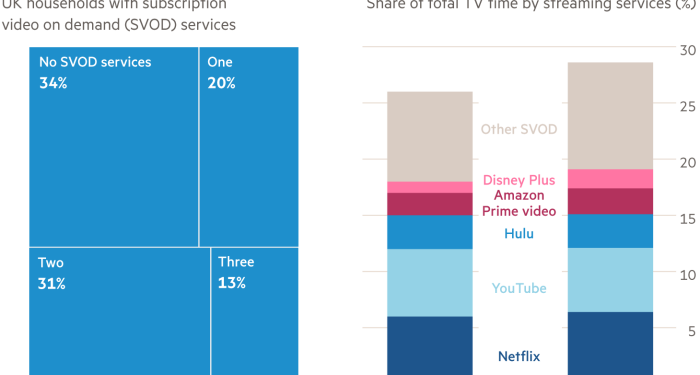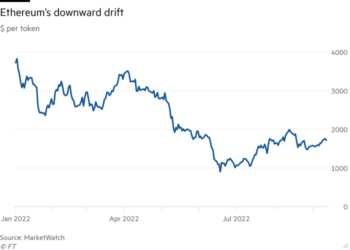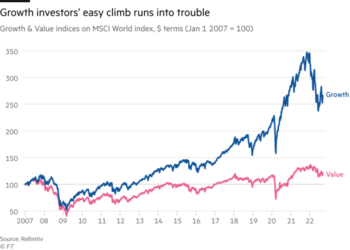Signing up for multiple streaming services used to be so tempting. Free trials lured us in. We binged on a deluge of new and exciting content, for example Hamilton on Disney+, The Crown on Netflix and Fleabag on Amazon Prime.
Once payments kicked in, each of the three services could be had for the same price as a cinema ticket, or less. Basic monthly subscriptions for the trio — including free package deliveries for Amazon Prime users — still only cost £23 ($30) in the UK and $33 in the US.
Streaming evangelists accordingly envisage a world where every household subscribes to several services. The cost of living crisis is challenging their assumption. Audiences, searching the sofa for spare change in straitened times, are peeling off. About 1.5mn video on-demand accounts were nixed in the UK in the first three months of the year, reckons analytics group Kantar. Netflix expects to lose 2mn subscribers, 1 per cent of its total customer base, in the current quarter. Streamer CNN+ has bailed.
Savings are still only a fraction of those crystallised by “cord cutting” Americans who cancel cable TV services. In the UK, the £159 BBC licence fee for using terrestrial TV would easily cover the cost of using any streaming service.
But as Netflix’s latest numbers show, plenty of viewers would rather forgo their monthly subscription than a pint of beer or a couple of lattes. While basic costs are low, most Netflix subscribers opt for the mid-tier package. Last month that increased past the psychological threshold of £10 to £10.99.
Free riders, one for every two paying subscribers by Netflix’s reckoning, get round this by sharing passwords. Others rely on VPNs and Google to find shows online, often illegally.
Big video streamers hope to crowd out pirates in the way music specialist Spotify has done. Amazon this week renamed its ad-supported site Freevee. Disney+ plans to launch its ad-supported subscription model in the US later this year. Netflix, in a volte face, is hatching similar plans.
Wise. Older people are often late adopters. But in streaming, youngsters may prove to be non-adopters. Many happily watch streaming services on their parents’ tab when not glued to YouTube or TikTok. They may decide they can do without Netflix when their own name is on the bills. The BBC offers a pointer: last year there were nearly 1mn fewer licences in force than two years previously. Tuning out, it transpires, is remarkably easy.
The Lex team is interested in hearing more from readers. Please tell us whether you are whittling down your streaming subscriptions in the comments section below.











